By Leslie McGee
Associate Director, Editorial Operations and Strategy
For many, writing is an unwelcome—even dreaded—task. Whether it’s an important email to a group of colleagues, a slide deck for a presentation, or an article for publication, the writing process is often filled with anxiety over finding just the right words. Sound familiar? If so, there is a clear strategy that can orient your focus and provide some structure, particularly at the beginning of the process.
It’s true that when writing there are all sorts of things to consider—tone, length, platform, etc. However, after determining the topic—or “why”—behind the piece of writing, my priority is always to understand the audience with whom I’m trying to connect. That audience and how they prefer to communicate will dictate my approach, including the depth of detail and language style I use. Rather than just looking for the “right words,” I ask myself, “what are the right words for my audience?”
Visualize your audience
I’m rather visual, so I begin my drafting process by trying to picture my audience. For example, if I were developing a slide deck for a presentation at a professional conference, I’d imagine the spectators before me. What do I know about them? What are their shared experiences and commonalities? What challenges do they face? I’d then take that information and use it to create an audience profile to inform the content in my slide deck.
An audience profile is a compilation of the key characteristics of the group you intend to engage. It doesn’t have to be complicated, and you can document it in any format you prefer. Your goal should be to identify the characteristics of your audience as succinctly as possible and then use that information to communicate in a way that will resonate with them.
Create a profile
As you create a profile, ask yourself questions that will help you better understand your audience and what they need. Though these can vary based on the type and length of the piece you are developing, there are some foundational questions about your audience you should always include. Consider the following:
- What are the demographic characteristics of your audience? These could include age, education level, etc.
- What does this audience have in common? For professional groups, consider their pain points, responsibilities, and average time on the job.
- What sort of content does your audience respond to? Some people are visual learners who value graphics and algorithms, while others prefer reading text.
- What cultural norms are relevant to this audience? Some audiences relate well to case studies and scenarios whereas others value best practices. Also, consider whether they would appreciate humor or if it would fall flat.
- What terms are frequently used by your audience? Ensure you are using their jargon.
When working to answer these questions, reflect on past experience, research your audience online, and, when possible, talk with colleagues who have engaged with a similar audience. After compiling your answers, look for data that might be missing from this list. Then, develop new questions that will help you gather that information. This process will help to better focus your piece for your audience and their unique set of needs.
Drill down to personas
It’s common to accommodate several subsets of an audience with one communication. When this happens, I use my audience profile to augment my visualization. I’ve found it helpful to identify individual personas, providing them with specific backgrounds based on the audience profile I’ve developed.
For example, let’s say my PowerPoint presentation is about creating a writing mentorship program. I am targeting both sides of that mentorship pairing, which I characterize in these personas:
- Potential mentee: Liam has a bachelor’s degree and is an early career professional. He is a novice writer who wants to explore authorship opportunities. He has some experience in publishing, yet he needs support in the early phases of writing, including resolving writer’s block.
- Potential mentor: Sofia has a master’s degree and is a mid-career professional. She is an established author who has published dozens of articles as well as a book. She seeks a new challenge in mentoring an aspiring writer.
Creating both personas in this way helps direct my drafting process. I can better recognize their individual experiences and incorporate examples and messaging into the presentation that are relevant to both.
Ready, set, draft—and redraft!
Once you have a strong understanding of your audience—their general characteristics as well as their pain points—you are ready to start drafting. Write for your audience and their needs. As you move from the first draft to revision and refinement, avoid unintentionally deviating from these needs. Stick to the story you are trying to tell your audience. During the revision process, regularly ask yourself: Do these changes serve the needs of my audience? If the answer is no, reconsider your approach to ensure your content makes the impact you intend. Your audience will appreciate it.
————–
Leslie McGee has almost 25 years of experience in editorial direction and medical and clinical content publication. In her role at Encompass, she develops a variety of content types from conception to completion. Leslie has a bachelor’s degree in English literature and a master’s degree in strategic communication management.


